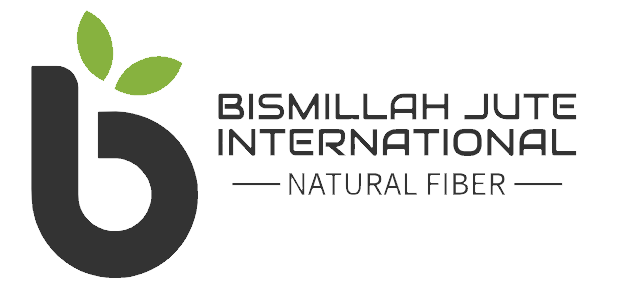Jute Sliver
Jute sliver, also known as jute silver or simply sliver, is a term used in the jute industry to refer to a semi-processed form of jute fiber. It’s an intermediate stage in the jute manufacturing process before the fibers are spun into yarn or further processed into various jute products. Here are some key points about jute sliver:
Fiber Processing: Jute sliver is produced through the initial processing of raw jute fiber. This involves a series of steps such as retting (where the jute stems are soaked in water to facilitate fiber extraction), stripping, and cutting. After these steps, the jute fibers are bundled together to form the sliver.
Versatile Applications: Jute sliver is a versatile material that can be used in the production of different jute-based products. Its application depends on the specific requirements of the end product.
Natural and Eco-Friendly: Jute sliver is derived from the jute plant, making it a natural and eco-friendly fiber. Jute is biodegradable and renewable, which aligns with sustainability goals.
Dyeability: While jute sliver is often used in its natural color, it can also be dyed to achieve a variety of colors for different design and aesthetic preferences.
Overall, jute sliver plays a crucial role in the jute industry by serving as an intermediate stage in the manufacturing process that transforms raw jute fibers into usable yarns and various jute products. Its natural and sustainable qualities make it a desirable choice for eco-conscious industries and consumers.
Types of Jute Sliver/Kenaf/Meshta Sliver Produced:
Quality: Long Fiber & Cut Fiber, Meshta White A, B, C & Tossa BTE, BTC, BTD Golden Yellow & BTCB.
Packing:
13 kg each roll tied by 4 jute ropes to avoid breakdown of rolls.
3 rolls packed by hessian bag or pallet packing (72 rolls per pallet).
Cut fiber packing bales wrapped with jute rope.
Moisture Content: 16% maximum.


